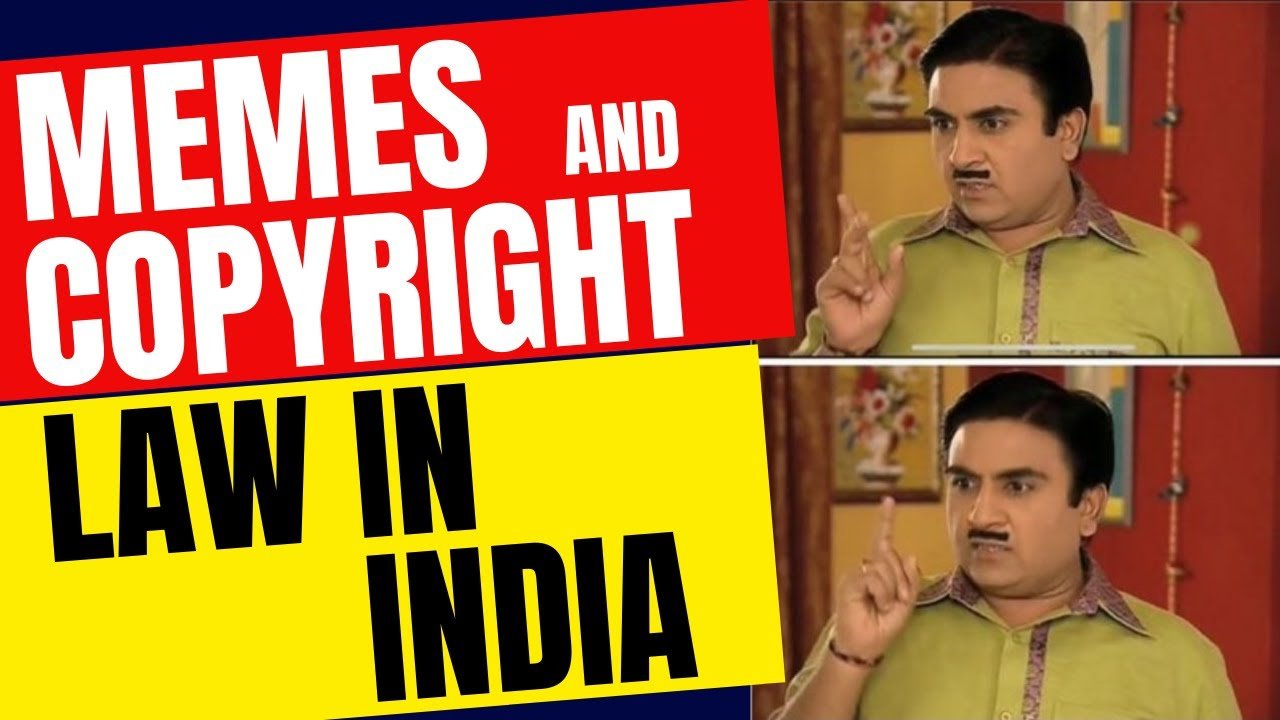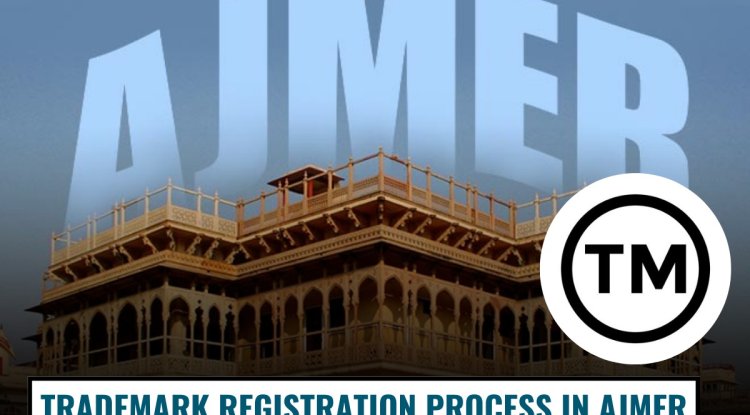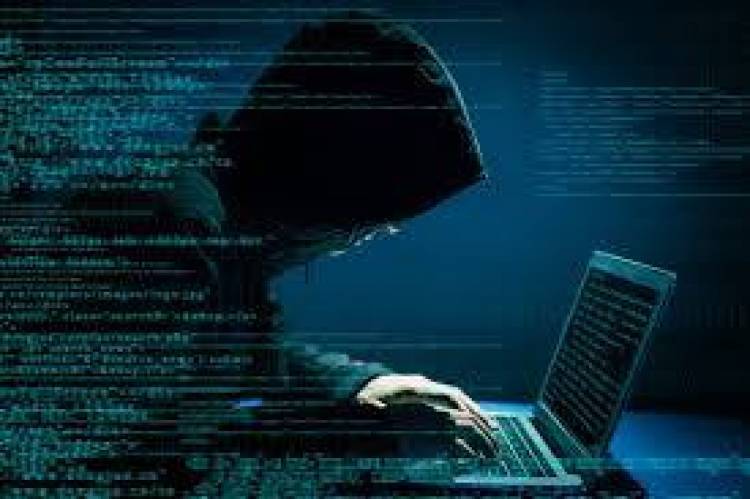Memes and Copyright Law in India
This article explores the intersection of memes and copyright laws in India. Memes, considered transformative works, fall under the purview of copyright legislation. While the exclusive rights of copyright owners are protected, the fair use principle offers a defense, especially in cases of research, commentary, and education. However, the legal landscape regarding memes and copyright is evolving, leaving uncertainties. The article discusses the factors determining fair use, exceptions, and recent judicial decisions, asserting that transformative works, like memes, are safeguarded from copyright claims.

Introduction:
Memes are governed by copyright laws in India just like any other form of creative work. A creative work's owner is granted exclusive rights under copyright legislation, including the ability to reproduce, distribute, and exhibit the work. This means that if someone uses copyright-protected material without the owner's consent to create a meme, they might be violating the owner's exclusive rights.
Yet, certain copyright laws might not apply to memes. The fair use principle, for instance, permits the use of copyrighted content in a variety of situations, including research, news reporting, commentary, teaching, and other academic endeavours. Memes can be considered fair use if they are made for one of these reasons and do not violate the copyright owner's exclusive rights.
It's critical to keep in mind that the exploitation of copyrighted content in memes is a relatively recent legal concern. Judges have not yet made it abundantly apparent how memes should always be covered by copyright laws. As a result, if you have any concerns about the consequences of generating or disseminating memes in India, you should speak with a copyright solicitor.
Also, it's important to be aware that copyright laws can change based on the sort of content utilised in a meme. For instance, utilising a piece of music or a movie clip can be subject to different copyright regulations than using a picture or a piece of art.
It's also important to keep in mind that even if a meme is made for a legitimate reason, the creator of the copyright may still take legal action to prevent others from using their work. As a result, it's critical to be aware of any dangers and potential legal problems that can exist when making and disseminating memes.
Use original content or material that is already in the public domain when generating memes to prevent copyright infringement. Hence, before making or disseminating a meme that incorporates protected content, consent from the copyright holder is required.
In conclusion, it's critical to be aware of the potential legal ramifications associated with generating and disseminating memes in India because they might be protected by copyright laws. It is advised that you seek the guidance of a skilled professional if you have any queries or concerns regarding copyright law and memes.
Do memes have copyright protection?
All recently-created memes are protected under Section 2(c) of the Copyrights Act of 1957 as long as they adhere to the definition of "artistic creations," which includes graphics (images). Hence, the copying, use, distribution, or even sharing of the meme may constitute any sort of copyright infringement as defined under section 2(m)(i) of the Copyrights Act of 1957. As a result, the rightful owner of the meme will always be able to sue the infringer for copyright infringement and receive compensation.
The "Fair Use" doctrine is regarded as the main line of defence against copyright infringement under the Copyright Act of 1957. Fair use is defined in Section 52 as "fair dealing with any work" (1). Before using the "Fair Use" defence, a creator must satisfy two conditions: I they cannot be unfairly exploiting the original song, movie, image, etc., and (ii) they cannot have any plans to engage in commercial competition with the copyright owner.
Four factors must be taken into account to determine if a work is "fair" under copyright laws:
I. The business focus of the copied work
Due to commercial exploitation, in which they are utilised for profit or other commercial goals without the owner's consent, some memes might not meet this first condition, although most do. Memes are frequently made solely for amusement, with no consideration for financial gain.
II. The protected work type
Nearly all memes that we see nowadays are based on already published works or materials to make them more relatable. Since the original author in this instance waived his right to first public appearance, the member may assert a fair use defence.
III. The scope and dimensions of the duplicated work
If the memer only borrowed one word from the original work or one joke from a movie, web series, or television show, we can argue that not a significant amount of work was stolen. In this case, fair use is not appropriate. Any audio-visual artistic work, even just one image, may be taken, but doing so will be considered stealing the entire work and is illegal.
IV. Perhaps Influencing Market
Memes satisfy the fourth condition of the fair use theory because they are developed purely for entertainment and involve no monetary gain. Furthermore, because each meme is targeted at a different group of people, its viewing is hardly altered.
Exceptions to the Fair Use Doctrine's Applicability
If the meme infringes the right to privacy protected by Article 21 of the Indian Constitution or was created with the goal to harm society as a whole, the member is not entitled to a defence.
(ii) If the meme infringes the freedom of speech and expression protected by Article 19 of the Indian Constitution, the meme's creator cannot rely on the defence in his favour.
(iii) Under Rule 4(2) of the Information Technology (Intermediary Guidelines and Digital Media Ethics Code) Rules, 2021, if a meme poses a threat to India's security, relations with other states, sovereignty, or integrity, among other things, the intermediaries may be able to identify the mememer through a court order issued by the proper court with jurisdiction.
Memes are shielded from copyright infractions, according to judges.
The Delhi High Court ruled in Wiley Eastern Ltd. v. Indian Institute of Management that Section 52 of the Copyrights Act, 1957 is fundamentally intended to protect freedom of expression under Article 19(1) of the Indian Constitution and was not intended to place restrictions on what constitutes an act of infringement by the Parliament. In light of the Indian Constitution, the application of the Fair Use Doctrine in this situation was discussed.
Fair use doctrine regulations differ from State to State and Case to Case. The Indian Copyrights Act, on the other hand, allows for the fair use of any work for purposes like personal or private use, reviews, or criticisms (Section 52(1)). The Australian Copyright Act, for instance, restricts fair use for satire to theatrical, literary, or musical works. In the matter of Blackwood & Sons Ltd. v. A.N., the Madras High Court rendered a decision. According to Parasuraman, the person who violated copyright must not have intended to compete with the copyright owners and profit from those conflicts. The motivation of the infringer generally shouldn't be malicious or improper
Meme is a transformational piece of art. A work is said to be transformational when new expressions, ideas, or creatives have been added to an existing one to create a new one, and this new creation has enhanced the prior work by producing new knowledge, aesthetics, etc. By using the Cariou v. Prince case as a benchmark, we can assert that meme is a transformative work. Memes should be viewed as transformational works since they give the original knowledge a new perspective by giving it value and an entirely different meaning. By permitting the use of select works that are copyright protected without first obtaining permission, the fair use principle seeks to increase freedom of expression. This leads one to the conclusion that transformative work is protected from copyright infringement claims under the fair use doctrine.
Conclusion and Next Actions
According to me, memes will not violate copyright because they are considered transformative works and the Fair Use Doctrine shields them from copyright infringement. Memes should be given the same credit as other original works and be immune from copyright laws, according to the concept's understanding. A memer should be benefited from his creativity. The internet is a relatively informal and unregulated medium, thus it won't be easy to determine who developed a meme.
I want to make a particular set of recommendations for controlling the sector and elevating memes' standing in India. Since anonymous meme producers are doing it to gain attention or money, they shouldn't be permitted to exercise their right to free expression. If they do, they must submit their contact information and proof of authorship to the websites where the memes are distributed. Since Blockchain would support preserving transparent & non-editable storage of data on ownership of memes in the digital sphere, its use for storing this data may be taken into account.












